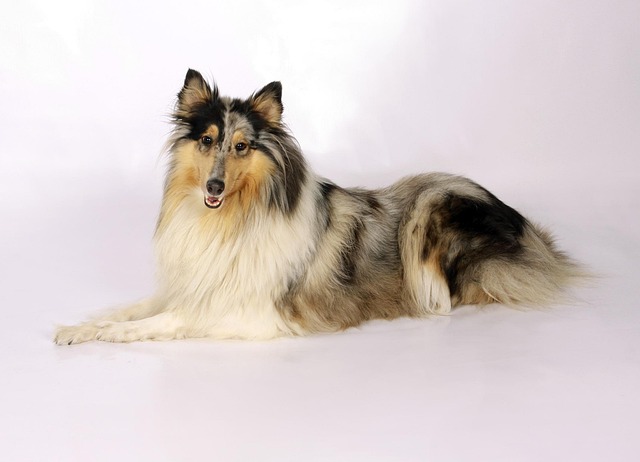
How do i train my dog to be obedient?
Watching your dog dart across the park ignoring your calls isn’t just frustrating—it can put them at risk near busy streets or public spaces.
Dogs love exploring, but watching yours dart toward a busy street or vanish into a neighbor’s yard sends panic shooting through any owner. Teaching reliable recall isn’t just about convenience—it’s a safety net, especially in areas where local leash laws require control in public spaces. Start small, indoors, where distractions are low. Call your dog’s name followed by a simple cue like “here” while holding a high-value treat, something smelly like cooked chicken or freeze-dried liver. When they bound over, shower them with praise—exaggerated “good boy!” and a scratch behind the ears work wonders. Repeat this 10 times a day, mixing up when you call so it never feels like a chore.
Move to the backyard once they respond consistently inside. Keep a long line attached to their harness at first, so you can gently guide them back if they get distracted by a squirrel or a passing bike. Never yank the line or scold them when they finally come—that teaches them avoiding you means no trouble. Instead, make returning the best decision they could’ve made: a treat, a quick game of tug, or their favorite toy.
 Public parks require extra patience, as sights, sounds, and other dogs create endless distractions. Start during quiet hours, with your dog on a shorter leash. Practice calling them away from low-key triggers, like a rustling bush, before working up to busier moments. Many cities in Europe and North America have strict rules about dogs being under control in public; a solid recall could save you from fines or, worse, dangerous situations.
Public parks require extra patience, as sights, sounds, and other dogs create endless distractions. Start during quiet hours, with your dog on a shorter leash. Practice calling them away from low-key triggers, like a rustling bush, before working up to busier moments. Many cities in Europe and North America have strict rules about dogs being under control in public; a solid recall could save you from fines or, worse, dangerous situations.
Consistency is key. Everyone in your household should use the same cue and reward system. If your dog ignores you during a walk, resist the urge to chase—they’ll see it as a game. Instead, back away slowly, clap your hands, and use an excited tone to spark their curiosity. Over time, they’ll learn “come” means something great, not the end of fun.
End each training session on a positive note, even if progress feels slow. Some dogs take weeks to master reliable recall, especially breeds with strong hunting instincts. Remember, this skill could one day save their life. With patience, treats, and plenty of praise, you’ll build a bond where your dog chooses to run to you—every single time.

Watching your dog dart across the park ignoring your calls isn’t just frustrating—it can put them at risk near busy streets or public spaces.

New puppy owners often find themselves rushing to clean up accidents before they set in, and that’s where puppy pad training becomes a game-changer.

If you've noticed your dog's waistline disappearing and your veterinarian has mentioned those few extra pounds, your first instinct might be to simply reduce the amount of food in their bowl.

Training a dog to use a designated spot indoors isn’t as daunting as many new owners fear, but it does take consistency and an understanding of your pet’s needs.

That moment of dread on a walk is all too familiar for many new dog owners. You see another dog approaching down the sidewalk of your neighborhood

If the sight of another dog on your neighborhood walk makes your heart sink as your own dog erupts into a frenzy of barking and lunging, you're not alone.